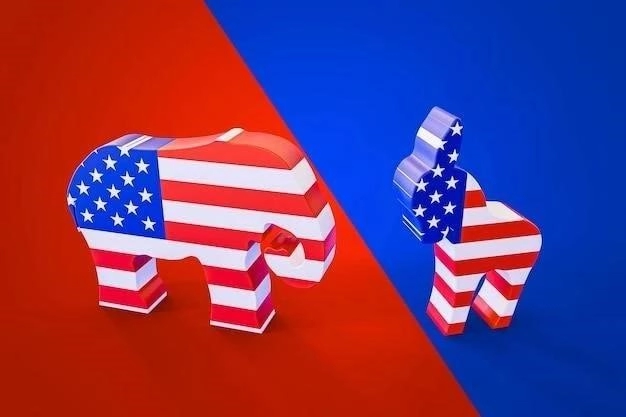Economic Growth and Projections
The U.S. economy is projected to experience moderate growth in 2024, with estimates averaging around 2.5%. This positive outlook stems from a robust labor market and strong performance in the previous year. However, forecasts suggest a gradual deceleration in growth throughout the year, potentially reaching 1.8% by the fourth quarter. Despite this slowdown, current projections indicate continued expansion for the American economy.

Labor Market Trends and Challenges
The U.S. labor market is currently experiencing a period of robust growth, with low unemployment rates and strong job creation. This positive trend is expected to continue, albeit at a moderating pace. However, several challenges are emerging that could impact the future of the labor market.
One significant challenge is the growing skills gap. As technology rapidly evolves, the demand for workers with advanced technological skills is increasing. However, the supply of qualified workers is not keeping pace, leading to a shortage of skilled labor. This gap could hinder economic growth and exacerbate income inequality.
Another challenge is wage stagnation. While the labor market is tight, wage growth has not accelerated significantly. This trend is partly due to low productivity growth and the decline in bargaining power among workers. Addressing wage stagnation will be crucial for ensuring shared prosperity and a sustainable economic recovery.
Finally, automation and artificial intelligence are transforming the nature of work. While these technological advancements can boost productivity, they also raise concerns about job displacement. Preparing workers for the jobs of the future through education, training, and reskilling programs will be essential for navigating this transition successfully.

Inflation and Monetary Policy Outlook
Inflation has been a persistent concern in the U.S. economy, reaching levels not seen in decades. While recent data suggests a moderating trend, inflationary pressures remain elevated. The Federal Reserve has responded aggressively with interest rate hikes to curb inflation and bring it closer to its target of 2%.
The outlook for inflation remains uncertain. Supply chain disruptions, geopolitical tensions, and strong consumer demand could continue to exert upward pressure on prices. The Federal Reserve faces the delicate task of balancing its efforts to combat inflation without triggering a sharp economic slowdown.
Monetary policy is expected to remain tight in the near term, with further interest rate increases anticipated. The pace and magnitude of future rate hikes will depend on incoming economic data, particularly inflation readings. The Federal Reserve will need to carefully calibrate its policy actions to achieve a soft landing, curbing inflation without causing a recession.
The path of inflation and the Federal Reserve’s monetary policy response will have significant implications for the future of the American economy. A successful navigation of these challenges will require a delicate balance and careful monitoring of economic conditions.

Government Debt and Fiscal Sustainability
The United States faces a significant challenge in the form of rising government debt. Years of budget deficits, exacerbated by recent economic shocks and policy responses, have pushed the national debt to historically high levels. This trend raises concerns about the long-term fiscal sustainability of the American economy.
High levels of government debt can have several adverse effects. They can crowd out private investment, leading to slower economic growth. Additionally, rising debt servicing costs can strain the federal budget, limiting the government’s ability to invest in essential public services or respond to future crises.

Addressing the issue of government debt will require a combination of measures, including controlling spending growth, enhancing revenue collection, and promoting policies that foster sustainable economic growth. A credible and comprehensive fiscal plan will be essential for restoring confidence in the long-term health of the U.S. economy.
The debate over fiscal policy is likely to remain contentious. However, finding a sustainable path for government finances is crucial for ensuring the stability and prosperity of the American economy for future generations.

Global Economic Factors and Their Impact
The American economy operates within a complex and interconnected global landscape. Developments in the global economy, including shifts in growth patterns, geopolitical events, and financial market volatility, can have profound implications for the U.S.

One key factor is the global growth outlook. Slowing growth in major economies, such as China and Europe, could dampen demand for U.S. exports, impacting economic output. Conversely, robust global growth could provide a tailwind for the American economy.

Geopolitical risks, such as the ongoing conflict in Ukraine and rising tensions in trade relations, add another layer of uncertainty. These events can disrupt supply chains, fuel inflation, and weigh on investor sentiment, potentially spilling over into the U.S. economy.
Furthermore, fluctuations in exchange rates and global capital flows can impact the competitiveness of U.S. businesses and influence financial conditions domestically. A strong U.S. dollar, while potentially moderating inflation, can make American exports more expensive, impacting trade balances.
Navigating this intricate web of global economic factors will be crucial for policymakers. Maintaining a flexible and adaptable approach to economic policy will be essential for mitigating risks and seizing opportunities in an increasingly uncertain global environment.










